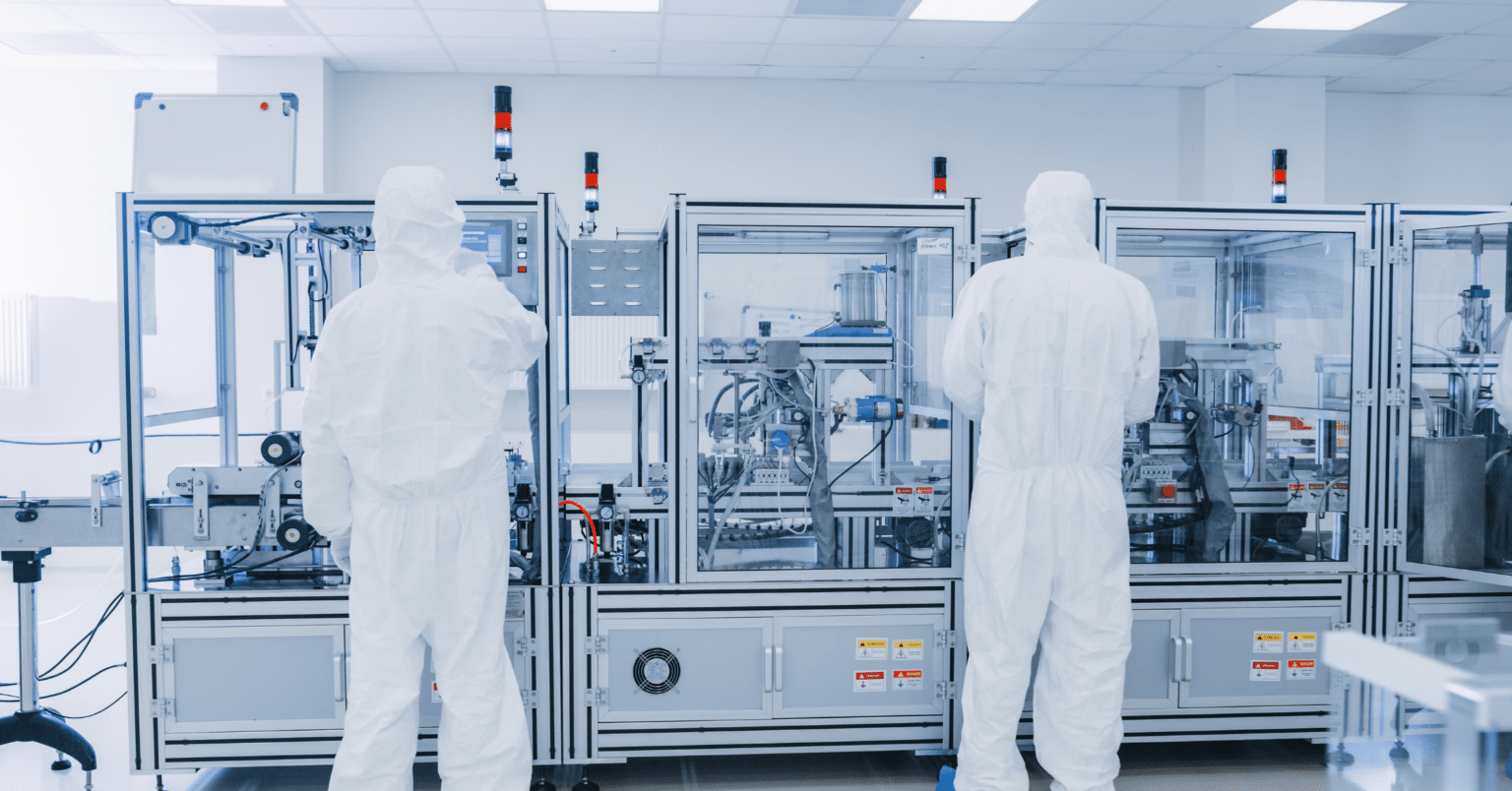By: Josh Rupert, Technical Product Owner
In our fast-paced world of pharmaceutical manufacturing, it seems like a new buzzword pops up every week. “Digital Factory,” “Smart Factory,” “Pharma 4.0,”– the list goes on. As a professional in the life sciences industry, you’ve probably encountered these terms, often used interchangeably, leading to confusion. Today, we’re going to break down these concepts and provide hypothetical scenarios to help you navigate this digital transformation landscape, with a special focus on Enterprise Asset Management (EAM) and Computerized Maintenance Management Systems (CMMS) like Blue Mountain RAM (BMRAM) R4.
Digital Factory: The Foundation of Modern Manufacturing
A Digital Factory focuses on digitizing manufacturing processes. It’s about moving from paper to pixels, but it doesn’t necessarily involve advanced analytics or interconnectivity.
Hypothetical scenario: Imagine a pharmaceutical company that has recently implemented BMRAM R4, an advanced EAM/CMMS system, across its manufacturing sites. Previously, maintenance technicians used paperwork orders and manually logged equipment downtime. Now, with BMRAM R4:
- Work orders are generated and managed electronically
- Technicians use tablets to access equipment history, maintenance procedures, and record their work in real-time
- Asset performance data is automatically collected and stored
- Compliance documentation is digitally managed and easily accessible for audits
This transition improves data integrity, reduces manual errors, and allows for faster, more informed decision-making regarding asset management and maintenance. While this represents a significant step towards digitization, the system doesn’t yet incorporate advanced predictive analytics or autonomous decision-making.
Smart Factory: Taking Intelligence to the Next Level
A Smart Factory builds upon the digital foundation, incorporating intelligence and connectivity to enable data-driven decision-making and autonomous operations.
Hypothetical scenario: Picture a newly built pharmaceutical facility that employs continuous manufacturing processes with real-time monitoring and control. The production line is equipped with numerous sensors that continuously feed data to BMRAM R4. Machine learning algorithms analyze this data in real-time, predicting potential equipment failures before they occur. The system can automatically generate work orders, adjust maintenance schedules based on actual equipment condition, and even suggest optimal spare part inventory levels. This smart factory not only digitizes asset management data but also uses it to make autonomous decisions and optimize operations.
Pharma 4.0: The Industry’s Digital Revolution
Pharma 4.0 is not just about technology; it’s a holistic approach to digital transformation in the pharmaceutical industry, encompassing cultural shifts and new management paradigms.
Hypothetical scenario: Consider a mid-sized pharmaceutical company that has embarked on a comprehensive digital transformation journey. At the heart of this transformation is BMRAM R4, which now integrates with systems across the entire value chain:
- In R&D, it tracks and manages lab equipment and instruments
- In manufacturing, it oversees production equipment maintenance and performance
- In the supply chain, it monitors transportation and storage conditions for temperature-sensitive products
- In quality control, it ensures all testing equipment is properly calibrated and maintained
The company has also invested heavily in upskilling their workforce to leverage BMRAM R4’s advanced features, offering training programs on data analysis and predictive maintenance techniques. They’ve adopted agile methodologies across departments, using BMRAM R4’s real-time data to drive continuous improvement initiatives.
Bringing It All Together: The Interconnected Nature of Digital Transformation
These concepts aren’t isolated; they build upon each other to create a comprehensive digital ecosystem in pharmaceutical manufacturing.
Hypothetical scenario: Imagine a state-of-the-art biopharmaceutical facility that embodies all these concepts, with BMRAM R4 as the central nervous system:
- Digital Factory elements: All production and asset data are captured digitally and integrated with all GxP systems like EAM, ERP and MES.
- Smart Factory capabilities: AI algorithms in BMRAM R4 continuously analyze production and asset data to optimize process parameters and maintenance timing.
- Pharma 4.0 principles: The facility operates on a continuous manufacturing model. BMRAM R4’s advanced analytics support rapid decision-making, enabling agile production of personalized medicines.
Looking to the Future
By starting with a strong Digital Factory foundation, pharmaceutical companies form a solid foundation for digital transformation journey, enabling the movement from paper-based systems to a more efficient, data-driven approach to asset management and maintenance.
What are your thoughts about these buzzwords? What advanced features would you like to see in your GxP systems?
Check out our upcoming events and sign-up for webinars on our Events and Webinars page.

